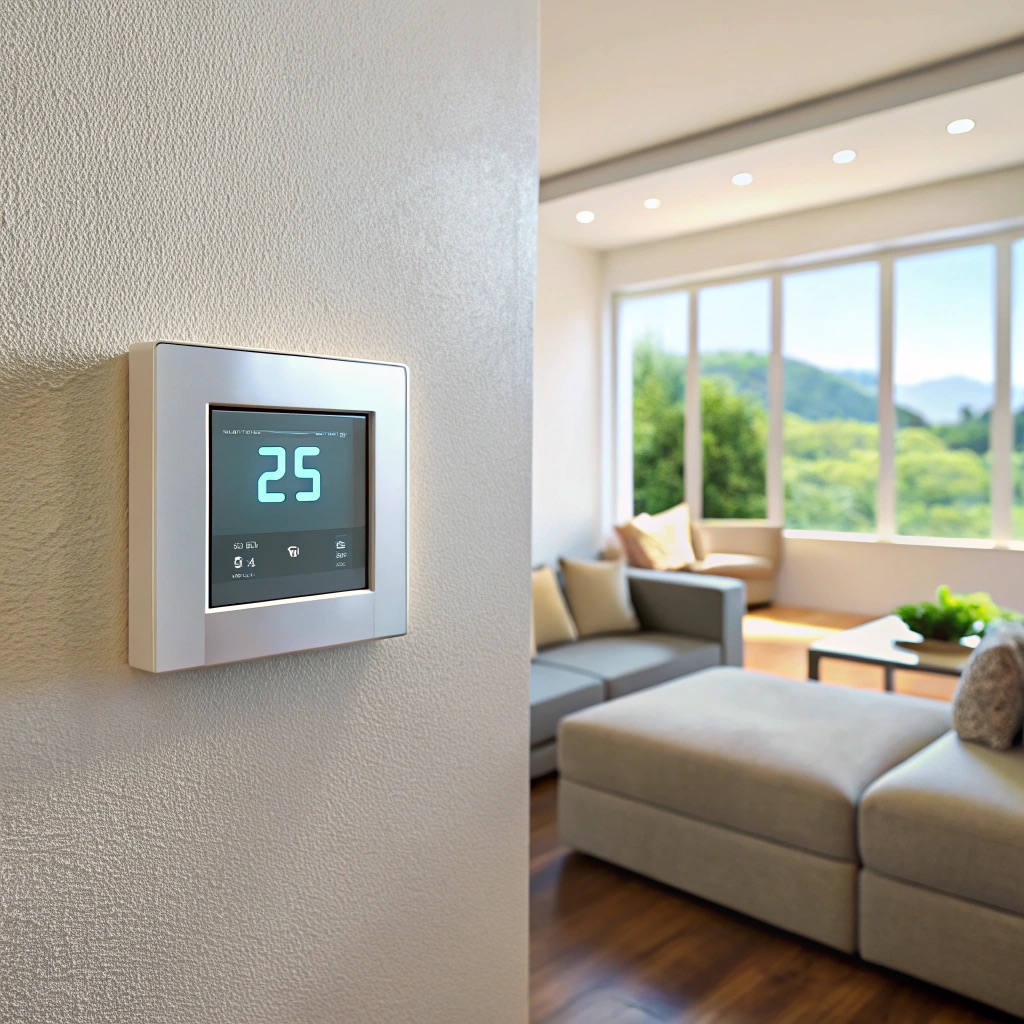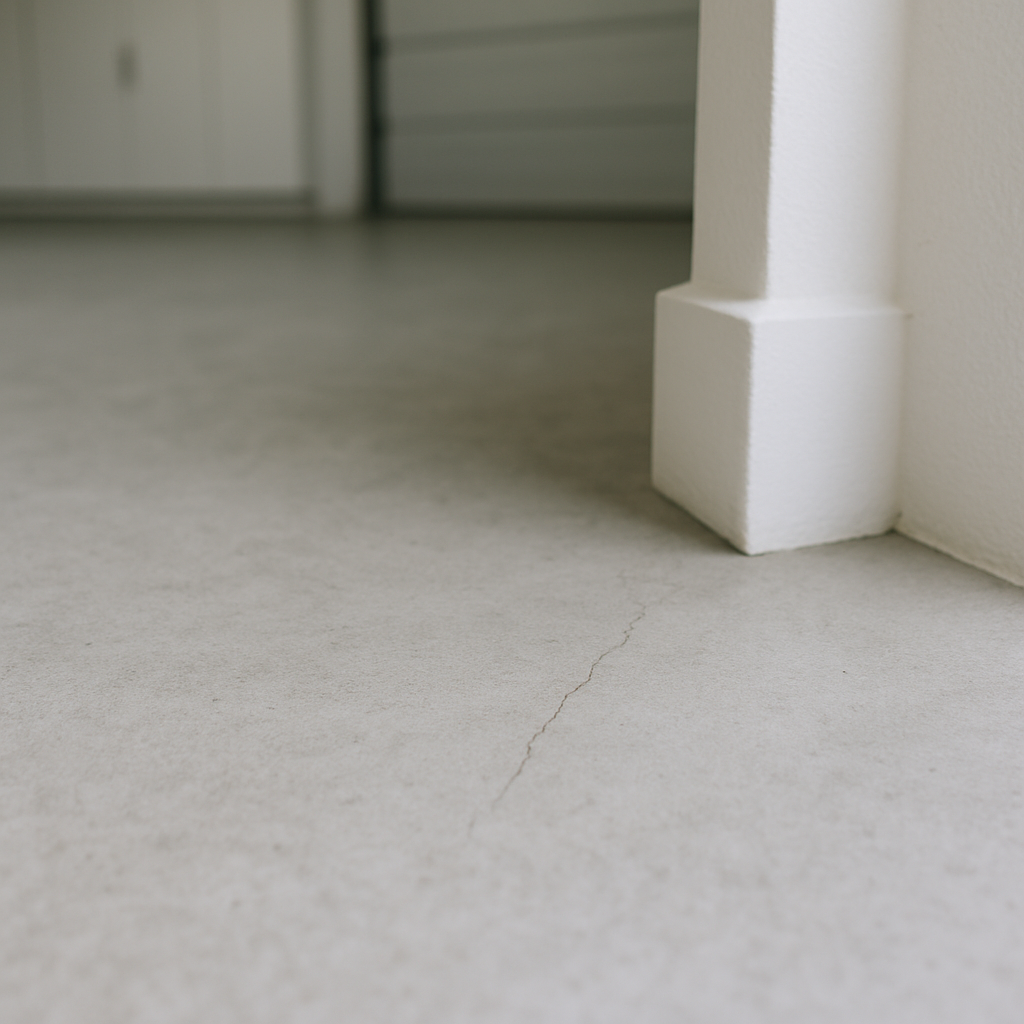Last updated on
These days, more and more people seek to adopt environmentally responsible lifestyles. This may result in them pursuing upcycling projects or changing the way they power their homes.
This comprehensive guide discusses the various sustainable energy options. In turn, it can help you make informed decisions about powering your home in an eco-friendly manner.
What's Inside
Understanding Its Importance
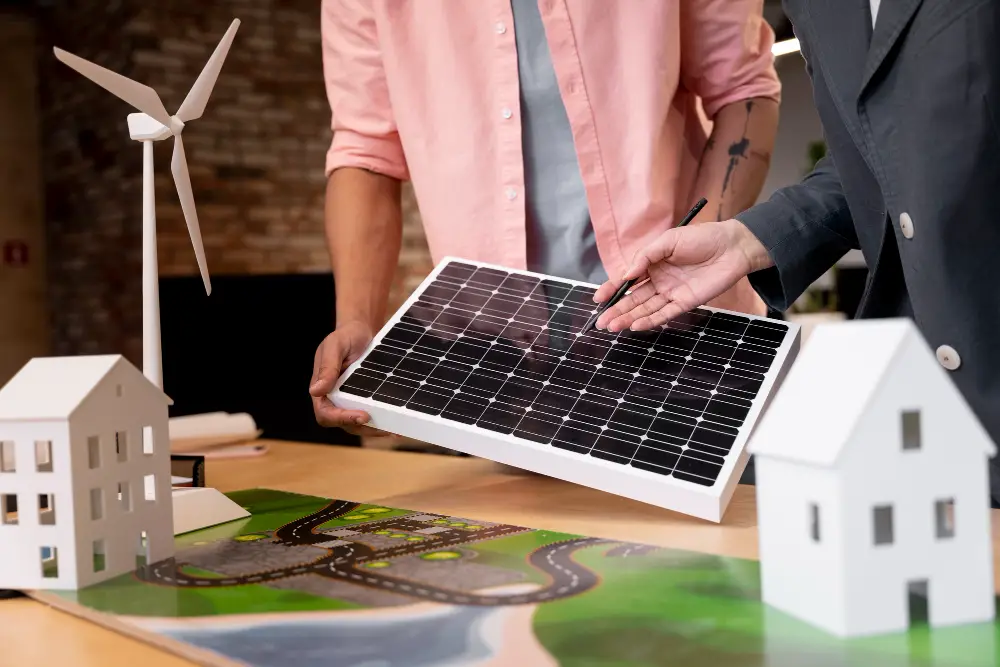
This option is about taking control of your energy usage and reducing your carbon footprint. By minimizing your reliance on fossil fuels, you can contribute to a healthier planet. If you embrace sustainable power options (like solar panels, wind turbines, or geothermal systems), you can save money in the long run.
You can also become more self-sufficient and resilient in the face of energy uncertainties. Choosing sustainable power sources helps individuals take an active role in combating climate change.
Global warming continues to destabilize ecosystems and threaten communities worldwide. This makes the shift toward sustainable energy increasingly crucial for homeowners. Embracing this choice allows people to positively impact their local environment while setting an example for others to follow.
The people who buy solar power products from Kingdom Solar confirm the market for inverters, battery storage, solar panel kits, and power banks. They want to store excess power for future use, become independent in their energy production, and gain a return on investment from energy companies.
Assessing Your Energy Needs
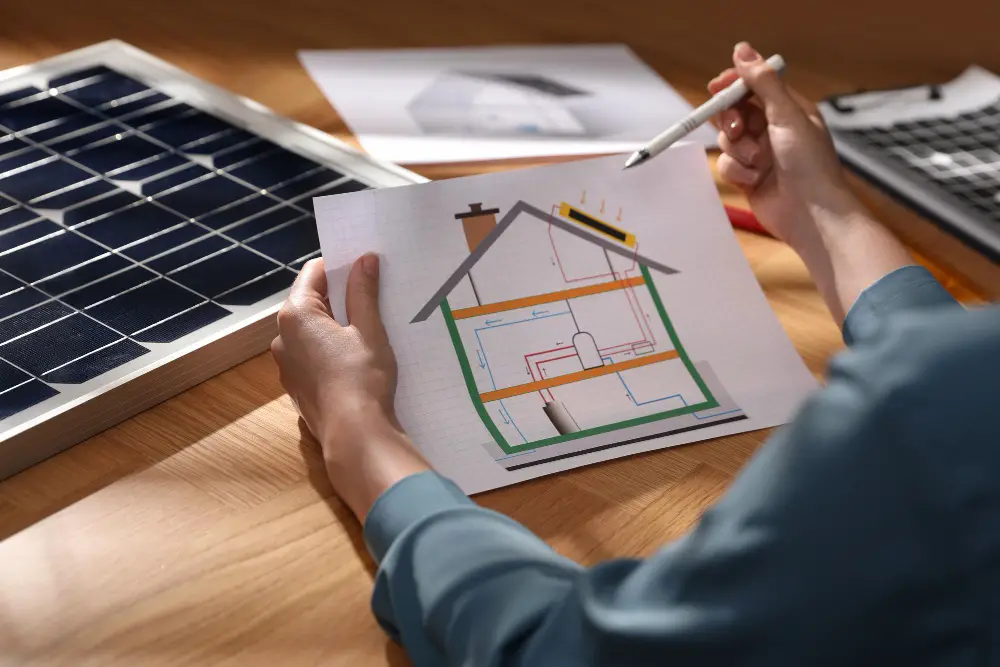
Begin the process by conducting an energy audit. You need to understand your current consumption patterns and identify areas for improvement. Consider factors such as the size of your home, the number of occupants, and specific energy-intensive appliances or gadgets.
Take into account any future changes in your lifestyle or household that could impact your energy requirements. This way, you can ensure your plan is sustainable for the long term.
Explore innovative ways to reduce your energy usage. Integrate smart technologies and energy-efficient appliances. These can significantly decrease overall consumption while maintaining comfort and convenience. Additionally, you need to understand peak demand times.
Exploring Renewable Energy Options
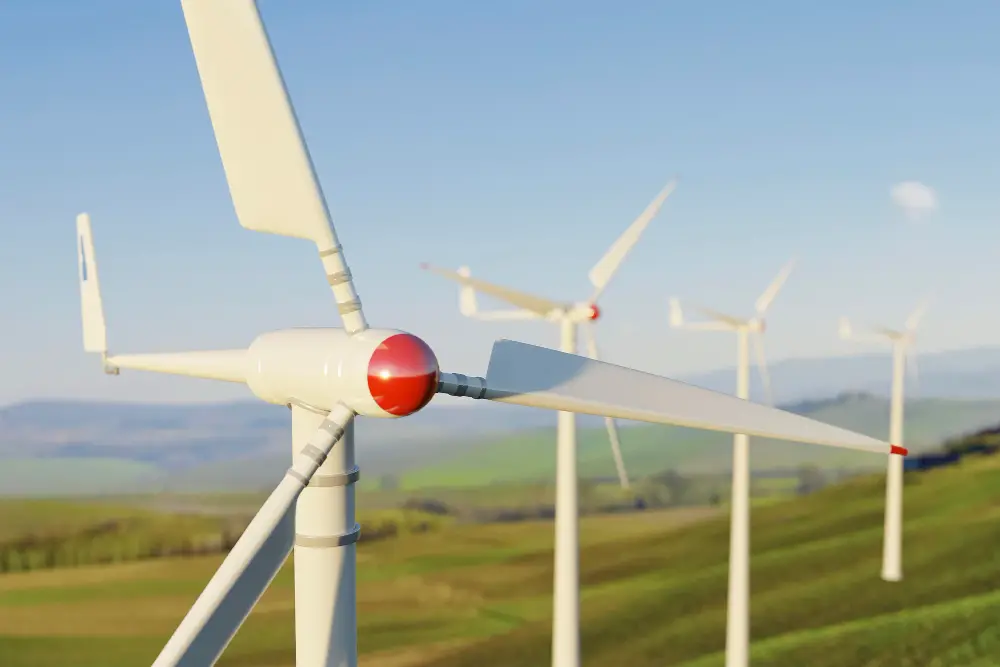
Solar power offers an accessible and efficient solution for homeowners looking to save money and benefit the environment. With advancements in technology, they’ve become more affordable and versatile. This makes them a viable option for powering homes in various geographic locations.
Wind energy presents another promising avenue for sustainable home power. Wind turbines can be installed on residential properties, to harness the natural power of the wind and convert it into electricity.
This renewable resource is abundant and has significant potential for generating clean energy. It does this without producing harmful emissions or depleting finite resources. Hydroelectricity also holds promise as a renewable energy source for homeowners.
Here, you can tap into the natural force of running water. This can be achieved using small-scale micro-hydro systems or other innovative methods.
Installing Solar Panels and Wind Turbines
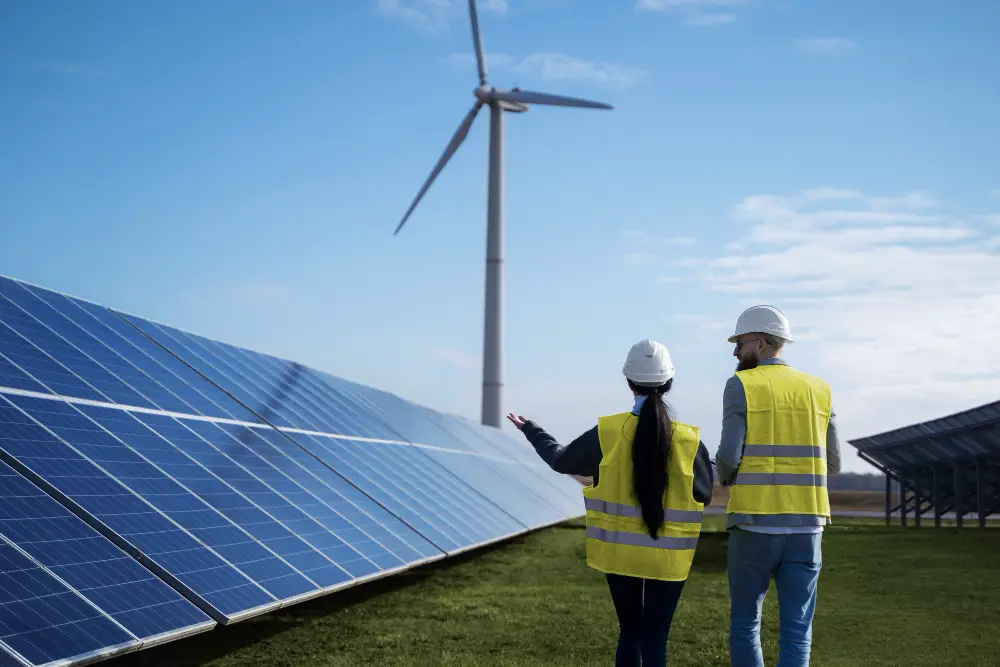
Solar panels harness the power of the sun, converting its light into electricity with incredible efficiency. When strategically placed on rooftops or in open areas, they can provide a reliable source of energy year-round.
Wind turbines capitalize on the kinetic energy of wind to generate electricity. With advancements in technology, modern wind turbines can maximize energy production, while minimizing environmental impact.
By generating our own electricity from renewable sources, we reduce our reliance on traditional utility providers. We also contribute to a more resilient and decentralized energy system. The technology continues to improve and the costs continue to decrease. This makes investing in these sustainable alternatives increasingly practical for homeowners worldwide.
Maximizing Energy Efficiency in Your Home
Smart thermostats can learn your heating and cooling patterns, and adjust temperatures based on occupancy. They can even be controlled remotely through a downloadable smartphone app. By optimizing the usage of your HVAC system, your smart thermostat can significantly reduce energy consumption, and lower utility bills.
From refrigerators to washing machines, modern appliances come with Energy Star ratings that indicate their energy-saving capabilities. Upgrading to these eco-friendly alternatives reduces your carbon footprint and leads to long-term cost savings. By minimizing the use of power-hungry gadgets (like entertainment systems and computers), you can further contribute to reduced energy usage.
Considering Government Incentives and Financing Options
Many governments offer generous incentives for homeowners who invest in renewable energy sources. These can take the form of tax credits, rebates, or low-interest loans. They can make sustainable energy solutions more accessible and affordable for the average homeowner.
There are also various financing options available for sustainable home power systems. They range from traditional bank loans to specialized green energy financing programs. In turn, homeowners have a range of choices when it comes to funding their sustainability projects.
Some financial institutions even offer innovative financing models. They allow homeowners to pay for the system through the savings generated from their reduced energy bills.
Energy Storage and Efficiency Tips
Home battery systems can store excess solar or wind energy. This can be used during peak times or when renewable sources aren’t available. Your heating/cooling system may benefit from simple adjustments – such as sealing air leaks, properly insulating windows and doors, and regularly changing air filters.
Furthermore, explore passive design strategies like natural ventilation and utilizing sunlight for heat. This can further reduce the reliance on traditional heating and cooling methods.
Consider upgrading to LED lighting throughout your home. LED bulbs last longer and use less energy than traditional incandescent bulbs. If you use smart energy management tools, you can significantly enhance energy efficiency. This can involve utilizing programmable thermostats and smart power strips.
In turn, you can optimize energy usage, based on your daily routines. You can also reduce standby power consumption. Lastly, explore renewable sources such as geothermal heating and cooling systems, or small-scale wind turbines. These could further supplement your home’s power needs.
Transitioning to sustainable power benefits the environment – and your wallet in the long run! Carefully consider your specific needs and budget before making any decisions. Also, consulting with a professional can help you navigate the options available. Ultimately, you can take an active role in promoting a cleaner and healthier future for all.
